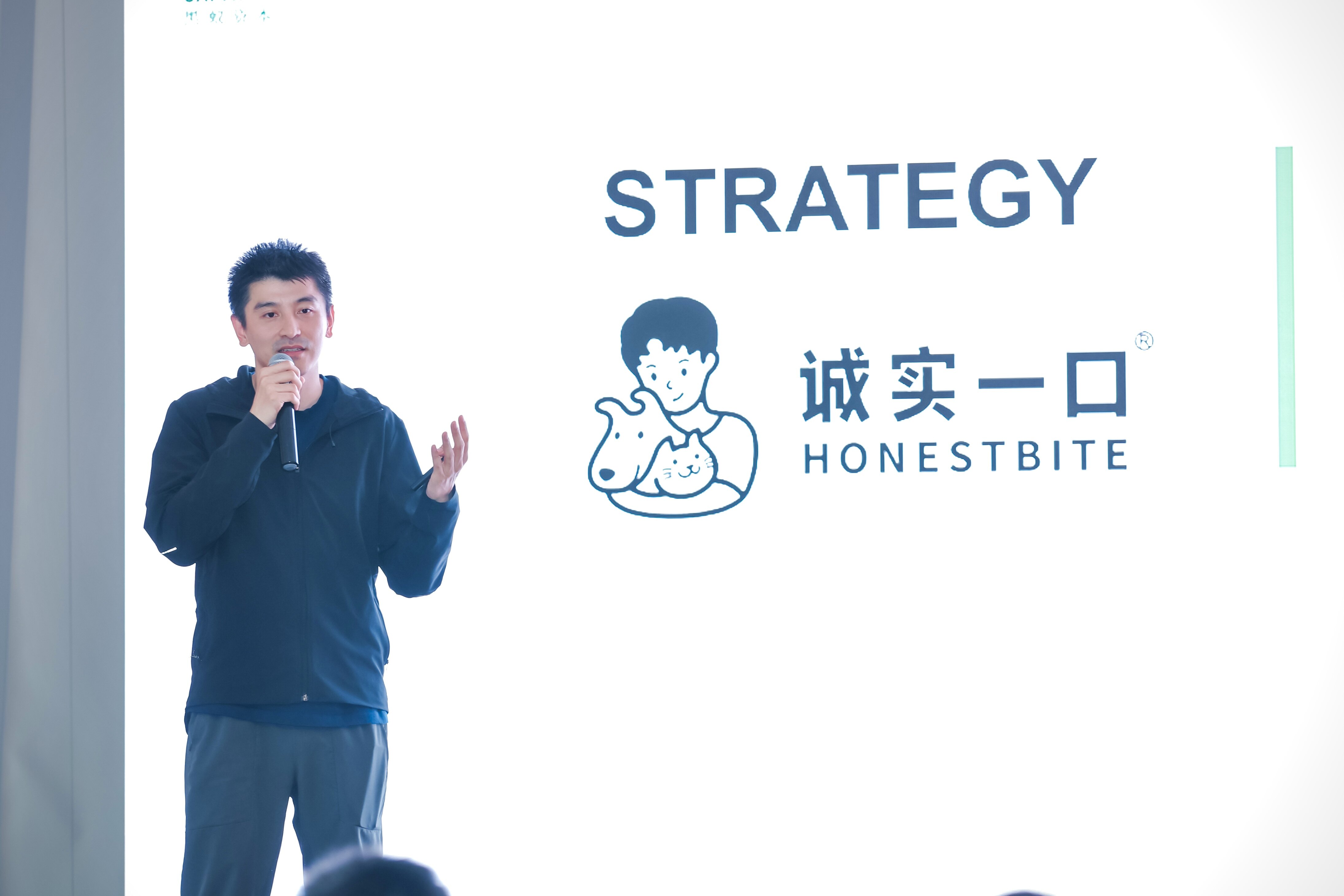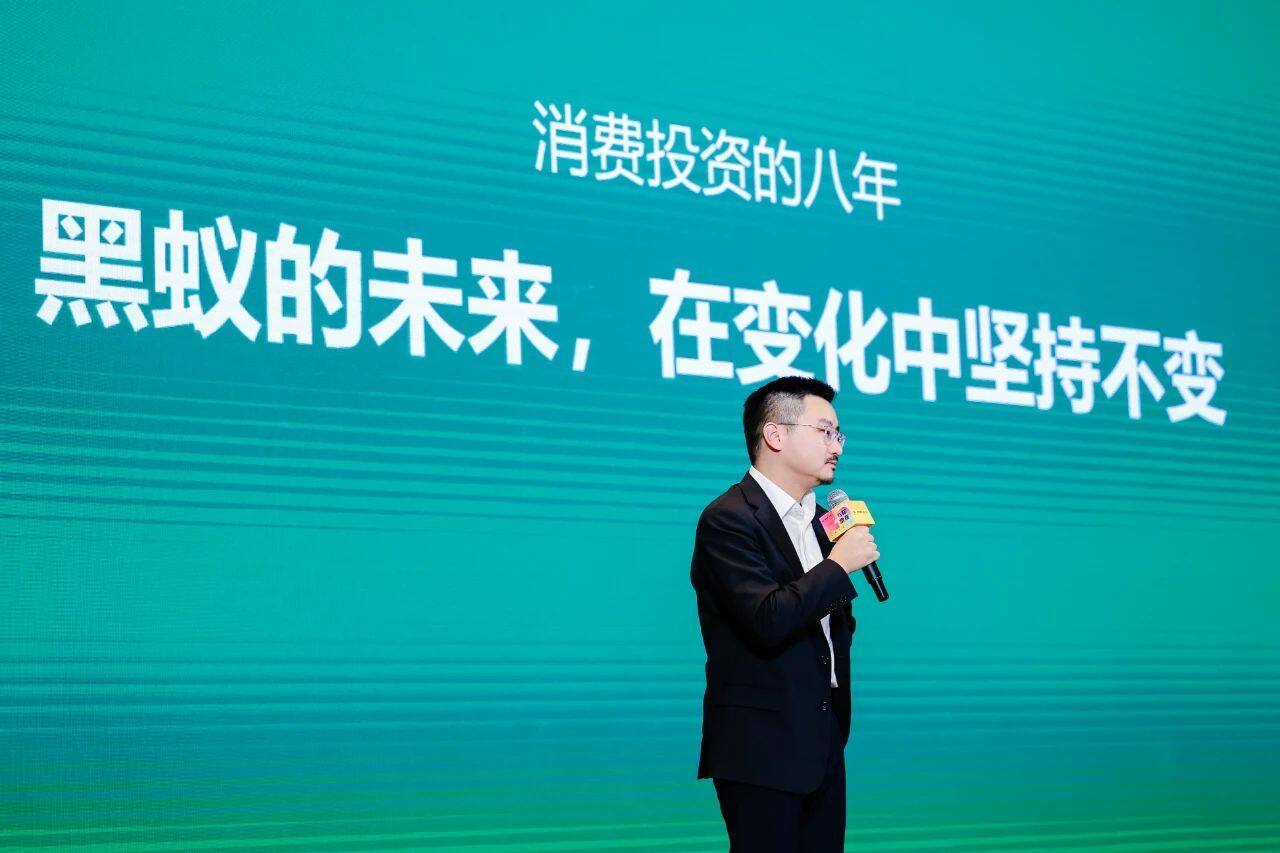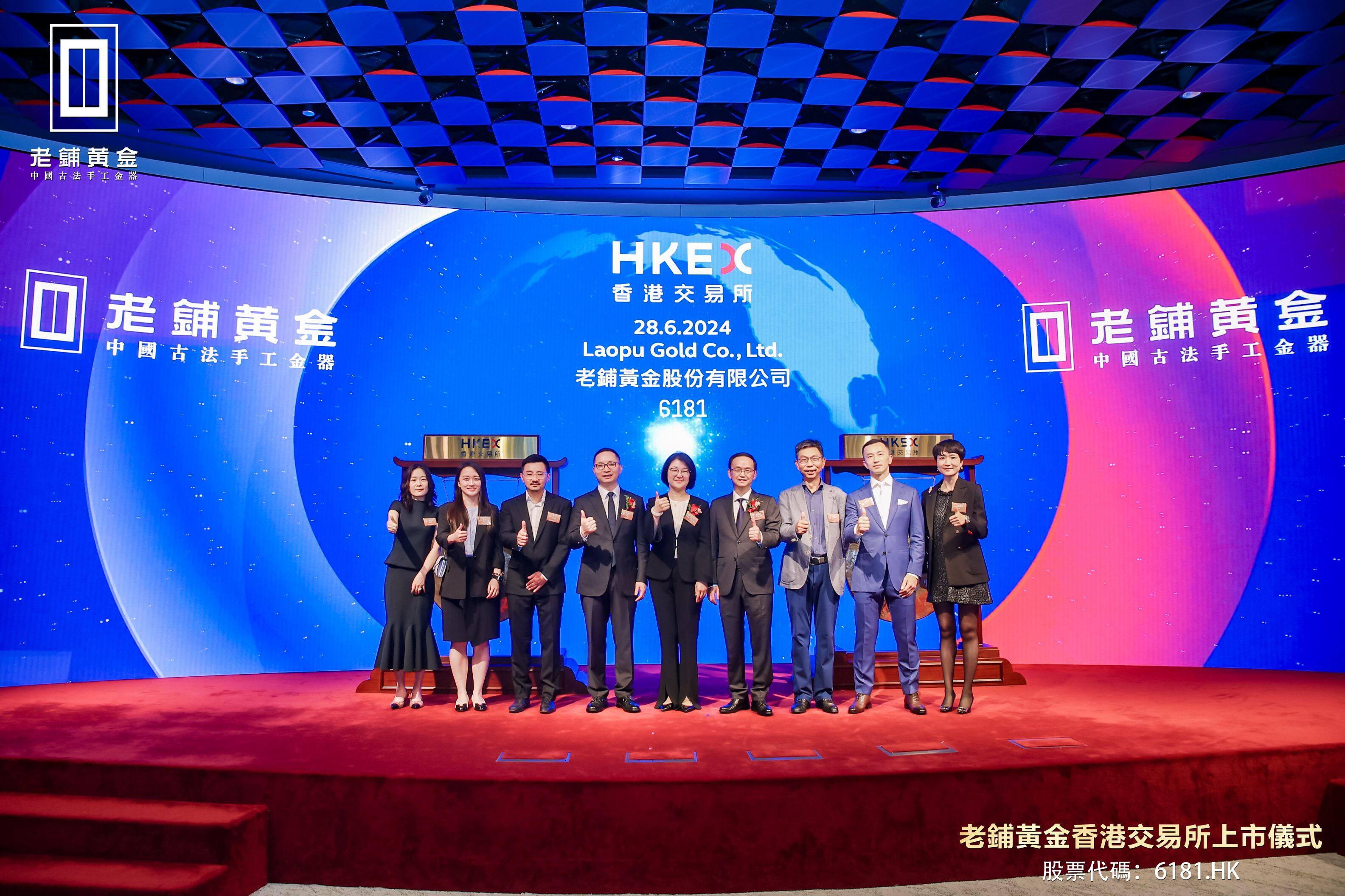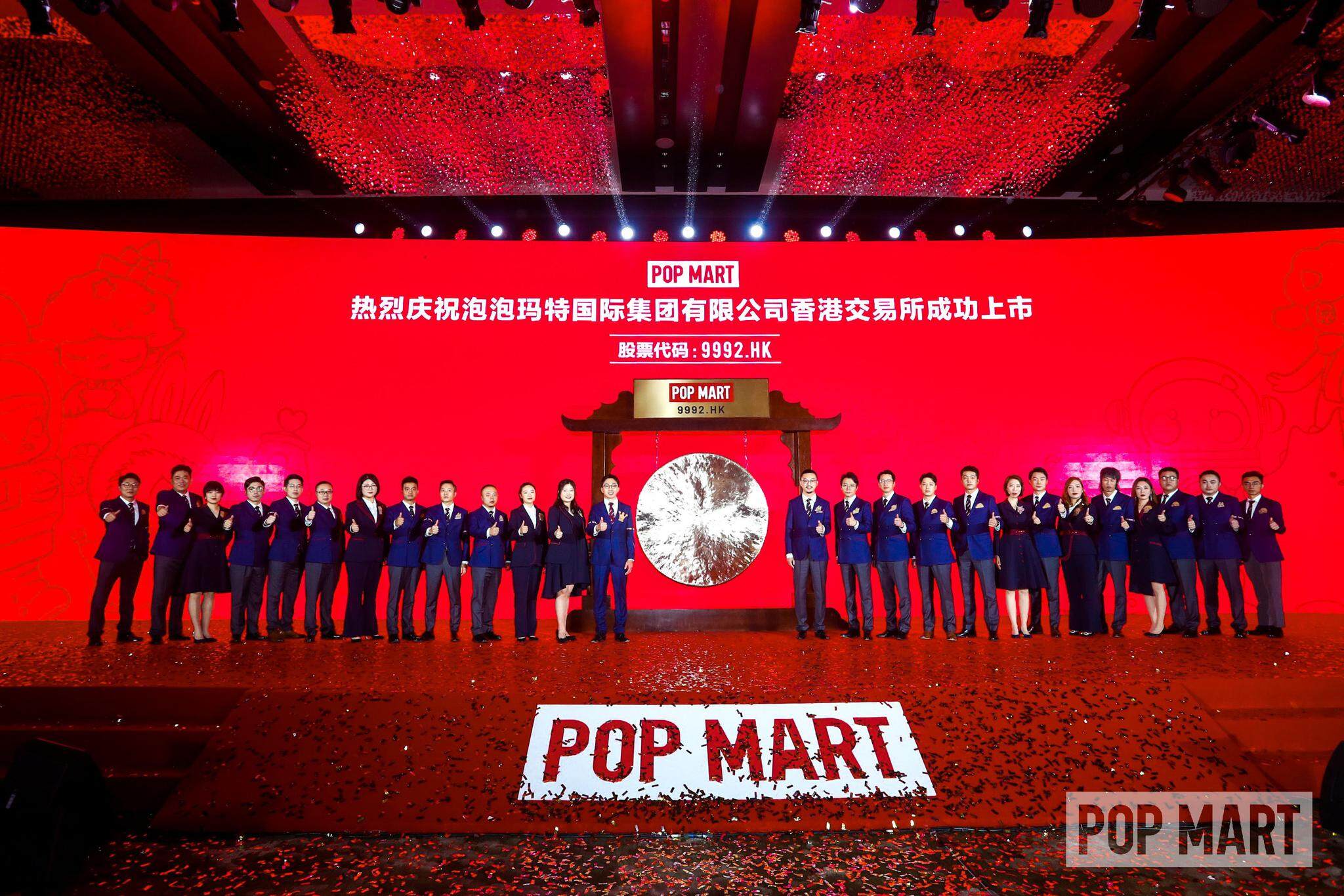Editor’s Note:
In 2024, Chinese pet food brand Honestbite surpassed RMB 1 billion in annual revenue. Achieving a remarkable 166-fold scale-up in just years, the startup has emerged as a leading player across all major pet food channels.
BA Capital provided strategic backing as the investor in Honestbite’s sole financing round (2021) – precisely as the brand began gaining market traction.
At the 2024 BA Capital AGM, founder Yao Yi shared forward-looking perspectives on China’s booming pet economy and brand-building opportunities. His insights, now being validated in real time, illuminate the drivers behind Honestbite’s meteoric rise.
Below is an edited excerpt from his keynote address.
Build a Strategic Product Portfolio in Blue Ocean Markets
Hello everyone, I’m Yao Yi, co-founder of Honestbite. After my tenure at P&G, me and Olivia Lyu launched this pet food venture in 2020. Let me share key insights driving China’s pet industry growth:
Penetration Gap: 20% of Chinese households own pets (2023) while >60% in North America – signaling vast headroom.
Market Potential: China’s RMB 100 billion pet food market contrasts with North America’s USD 150+ billion sector despite only one-quarter of China’s population.
Growth Velocity: 30% CAGR (2010-2020) makes this China’s fastest-growing FMCG category.
Digital Dominance: 65% of pet food sales occur online in China while <30% in the U.S.
Fragmented Competition: Top 10 brands hold just 18% share, with multinationals capturing only 10-15% – creating openings for agile players.
From these figures, we can draw three clear conclusions:
-
High-Growth Arena: Exponential expansion continues.
-
Level Playing Field: No entrenched multinational dominance.
-
Digital-First Battleground: E-commerce channels dictate success.
Importantly, this is a category resistant to economic downturns. Even in times of crisis, global pet markets have continued growing at 5%+ annually. This reflects a "lipstick effect" dynamic—pets offer emotional value at a relatively low cost. In Tier 2 cities, it costs just over RMB 100 per month to keep a cat, yet the companionship they provide is irreplaceable.
Another key insight: the rise of the pet economy is closely tied to urbanization. As cities densify and living spaces shrink, many young people delay having children. Yet as emotional beings, humans still seek connection—often fulfilled by caring for cats and dogs.
Since 2021, we’ve built a portfolio addressing nuanced needs:
-
Ge Wu An: (a pun on “canned food” in Chinese), is now the top domestic brand in the wet pet food category.
-
Dongbian: pets in China typically get less exercise than their Western counterparts due to lifestyle differences. This affects digestion, so we tailor nutrition to local needs.
-
Suxing: is our value-oriented brand, designed to serve consumers in lower-tier cities with more accessible price points.
Core Capabilities: Content & Supply Chain
We focus on two core capabilities with long-term strategic importance:
First, content.
In 2024, our content gets over 1 million views every month on WeChat, Douyin, Bilibili, Xiaohongshu, and Video Accounts. Most comments come from real customers showing true appreciation.
Like other new Chinese brands, our key strength is using data to run our business – this is now essential for success. Many big foreign companies still have trouble getting useful data from their old computer systems.
As a company born online, we track detailed numbers every hour (like visitors and purchases). This lets us improve quickly: every three months we stop what’s not working and do more of what succeeds.
Second: Building better supply chains and products.
China has huge manufacturing power, but truly high-quality factories are limited. Creating our own supply chain advantages is key to staying competitive long-term.
China’s Role in Shaping the Next Marketing Evolution
Let me share a personal belief: The world’s next big marketing playbook will be written in China.
Here’s why:
- We’re pioneering the shift from traditional e-commerce to TikTok-style discovery shopping and live selling
- New channels = New solutions – China’s digital landscape moves faster than anywhere else
- Soon, the most cutting-edge consumer marketing strategies won’t just be made here – they’ll be exported from here
Just look at live streaming: Two years ago? Barely mentioned. Today? Essential for building brands. We’re all still learning: How to make your brand memorable through live streams is marketing’s newest frontier.
In this race, Chinese brands aren’t just keeping up – we’re creating the new rules.











